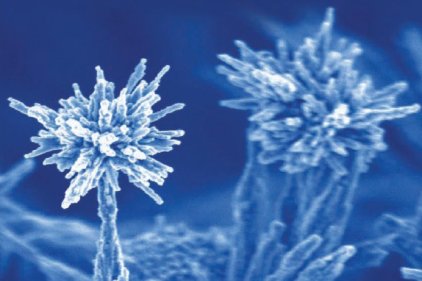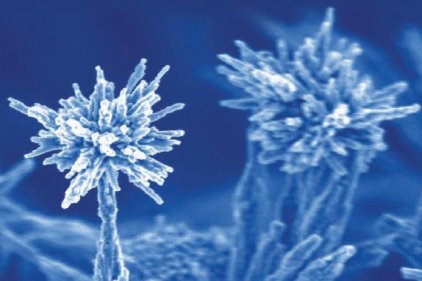 New research from the National Institute for Occupational Safety and Health (NIOSH) raises awareness of the occupational safety and health practices necessary during the synthesis, characterization and experimentation using engineered nanomaterials in a laboratory setting. The paper "General Safe Practices for Working with Engineered Nanomaterials in Research Laboratories," is posted online and is designed to be used in tandem with well-established practices and a laboratory’s chemical hygiene plan.
New research from the National Institute for Occupational Safety and Health (NIOSH) raises awareness of the occupational safety and health practices necessary during the synthesis, characterization and experimentation using engineered nanomaterials in a laboratory setting. The paper "General Safe Practices for Working with Engineered Nanomaterials in Research Laboratories," is posted online and is designed to be used in tandem with well-established practices and a laboratory’s chemical hygiene plan.
The paper is based on input from several subject matter experts and was initiated as a joint effort under a Memorandum of Understanding between NIOSH and the Center for High-rate Nanomanufacturing (CHN), and one of its’ member campuses University of Massachusetts, Lowell. A consortium of California Universities including Stanford, UCLA, University of CA at Santa Barbara, and UC Irvine provided review of the content.
"Guidance for laboratory researchers was a key information gap identified by stakeholders," said NIOSH Director John Howard, M.D. "This paper illustrates that the research community is at the front line of creating and testing engineered nanomaterials and provides a scientific basis for responsible development of nanotechnology."
The guidance document provides the best information currently available on engineering controls and safe work practices to be followed when working with engineered nanomaterials in research laboratories:
- Hazard identification to understand the characteristics of nanomaterials that may pose a risk
- Exposure assessment with attention to the characteristics of nanomaterials that can influence exposure
- Hierarchy of controls consistent with good industrial hygiene practice (including engineering controls, administrative controls, and personal protective equipment)
- Control banding
- Management of fire potential and spills
- Occupational health surveillance
NIOSH is the federal agency that conducts research and makes recommendations for preventing work-related injuries, illnesses, and deaths. More information on nanotechnology can be found at www.cdc.gov/niosh/topics/nanotech/ and the paper can be found at: www.cdc.gov/niosh/docs/2012-147/



